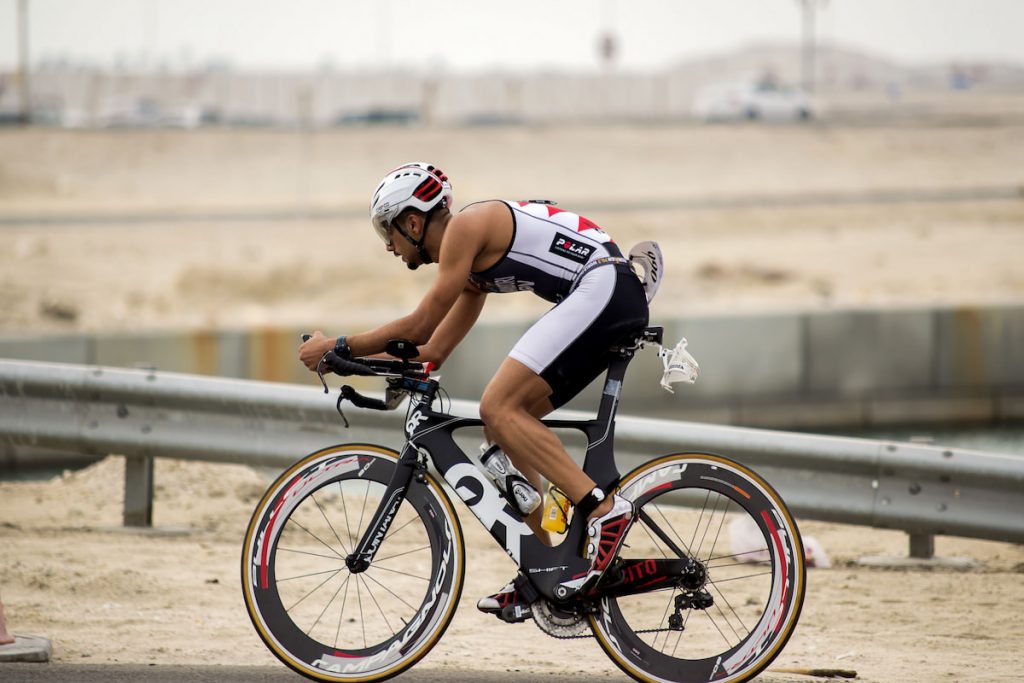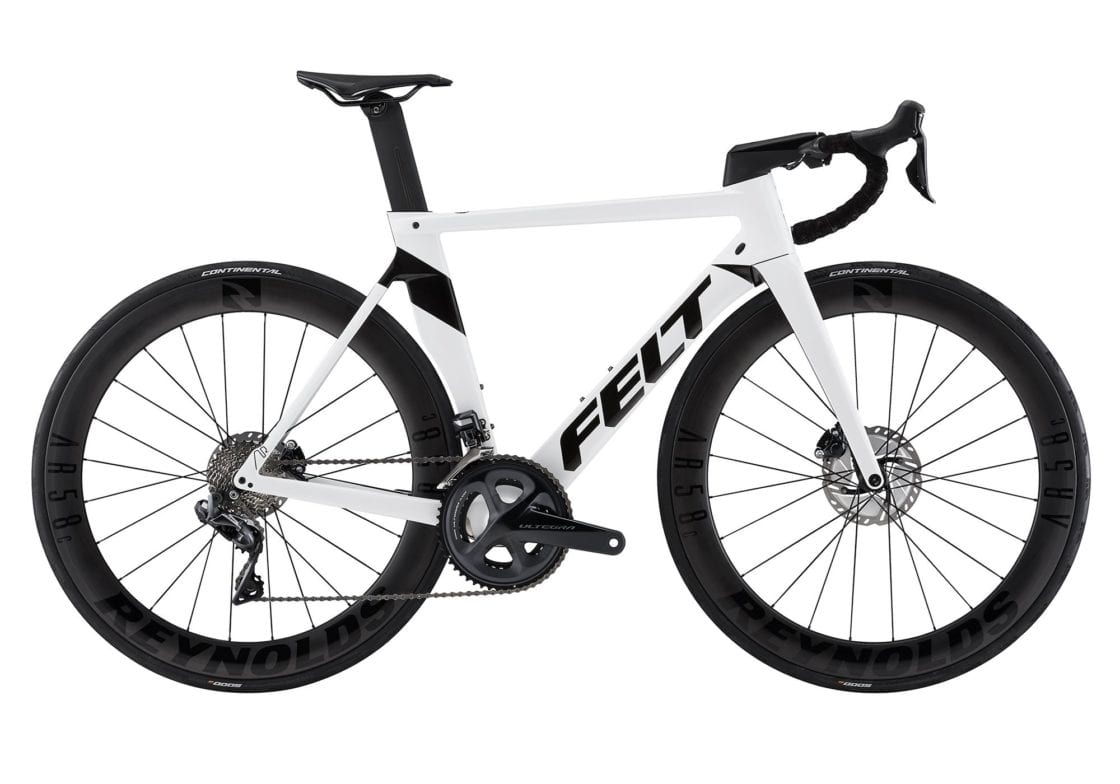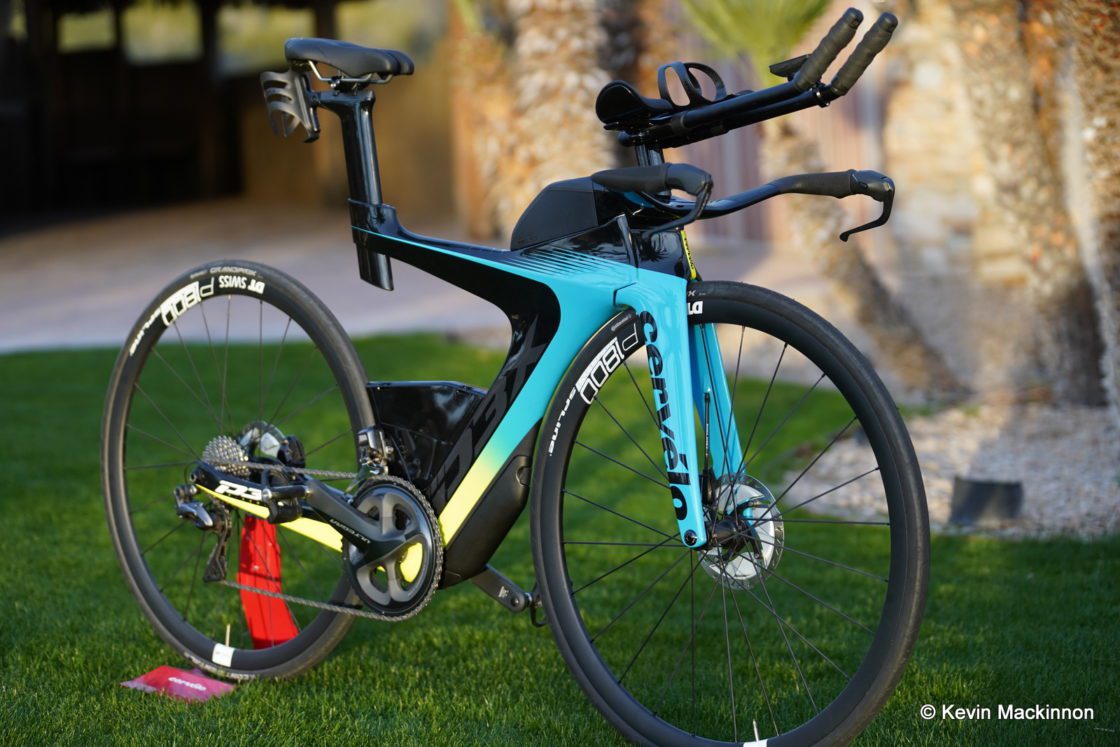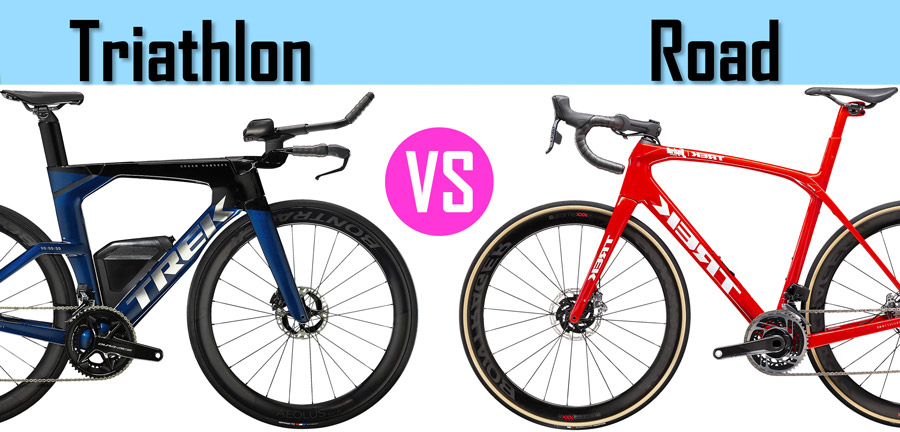Why Road Bikes Matter in Triathlon
When it comes to triathlon, having the right road bike can make all the difference in performance and overall experience. A well-suited road bike can help beginners build confidence and improve their overall triathlon skills. In fact, a good road bike can be the key to unlocking a triathlete’s full potential. For triathlon beginners, selecting the right road bike can be a daunting task, but it’s essential to understand the importance of a road bike that fits their needs.
A road bike designed for triathlon can provide a more comfortable and efficient ride, allowing triathletes to conserve energy and focus on their performance. Additionally, a road bike with the right features can help triathletes maintain a strong pace, even during the most challenging sections of the course. With the right road bike, triathlon beginners can improve their overall speed, endurance, and agility, giving them a competitive edge in their triathlon journey.
For triathlon beginners, it’s crucial to understand that a road bike is not just a means of transportation, but an essential tool for success. By investing in a high-quality road bike designed specifically for triathlon, beginners can set themselves up for success and take their performance to the next level. Whether you’re a seasoned athlete or just starting out, a road bike for triathlon beginners can be a game-changer, providing the confidence and performance needed to succeed in this demanding sport.
Key Features to Look for in a Triathlon Road Bike
When selecting a road bike for triathlon, there are several key features to consider. A well-designed road bike can make a significant difference in performance and overall experience. For triathlon beginners, it’s essential to understand the importance of these features and how they can impact their ride.
One of the most critical factors to consider is the frame material. Triathlon road bikes often feature lightweight and durable materials such as carbon fiber, aluminum, or titanium. These materials provide a responsive and efficient ride, allowing triathletes to conserve energy and maintain a strong pace.
Wheel size is another crucial feature to consider. Triathlon road bikes typically feature 700c wheels, which provide a smooth and efficient ride. However, some triathletes may prefer 650c wheels, which offer a more comfortable ride and improved handling.
Gearing is also an essential feature to consider. Triathlon road bikes often feature a wide range of gears, allowing triathletes to tackle varying terrain and maintain a consistent pace. Look for a road bike with a compact crankset and a cassette with a range of 11-28 teeth or 11-32 teeth.
Brakes are another critical feature to consider. Triathlon road bikes often feature hydraulic disc brakes, which provide improved stopping power and control. However, some triathletes may prefer rim brakes, which offer a more traditional feel and improved modulation.
Popular road bikes that cater to triathlon beginners include the Trek Emonda, the Specialized Allez, and the Giant Contend. These road bikes offer a range of features and price points, making them an excellent option for triathletes of all levels.
When selecting a road bike for triathlon, it’s essential to consider these key features and how they can impact performance and overall experience. By understanding the importance of frame material, wheel size, gearing, and brakes, triathlon beginners can make an informed purchase and set themselves up for success in their triathlon journey.
How to Choose the Perfect Road Bike for Your Triathlon Journey
Selecting the ideal road bike for triathlon can be a daunting task, especially for beginners. With so many options available, it’s essential to consider several factors to ensure you find the perfect road bike for your triathlon journey.
First, determine your budget. Road bikes for triathlon can range from a few hundred dollars to several thousand dollars. Set a budget and stick to it to avoid overspending. Consider the features you need and prioritize them based on your riding style and goals.
Next, consider your riding style. Are you a beginner or an experienced triathlete? Do you prefer a more upright riding position or a more aggressive, aerodynamic position? Different road bikes cater to different riding styles, so it’s essential to choose a bike that fits your needs.
Personal preferences also play a significant role in selecting the perfect road bike. Do you prefer a lightweight bike or a more durable bike? Do you have a preferred brand or color scheme? Consider these factors when making your decision.
Once you’ve narrowed down your options, it’s time to test ride a bike. Test riding a bike allows you to get a feel for the bike and determine if it’s the right fit for you. Pay attention to the bike’s comfort, handling, and responsiveness. Take note of any discomfort or issues you experience during the test ride.
During the test ride, pay attention to the bike’s fit. Is the saddle height correct? Are the handlebars at the right height? Are the brake levers comfortable and easy to reach? A well-fitting bike is essential for comfort, performance, and injury prevention.
Finally, consider the bike’s features and components. Does the bike have the right gearing and brakes for your needs? Are the wheels durable and responsive? Are the pedals comfortable and efficient?
By considering these factors and following these steps, triathlon beginners can find the perfect road bike for their triathlon journey. Remember to prioritize your needs, budget, and riding style, and don’t be afraid to ask for advice from a professional. With the right road bike, you’ll be well on your way to triathlon success.
Understanding Bike Fit and Sizing for Triathlon
Proper bike fit and sizing are crucial for triathlon beginners, as they can significantly impact comfort, performance, and injury prevention. A well-fitting road bike can help beginners build confidence and improve their overall triathlon skills, while a poorly fitting bike can lead to discomfort, fatigue, and even injury.
To determine the correct bike size, consider factors such as inseam, arm length, and riding style. A general rule of thumb is to look for a bike with a standover height that is 1-2 inches below the rider’s inseam. Additionally, consider the bike’s reach and stack, which refer to the horizontal and vertical distances between the saddle and handlebars.
Once you’ve found the correct bike size, it’s essential to adjust the bike to fit individual needs. This includes adjusting the saddle height, handlebar height, and brake levers. A professional bike fitter can help with this process, or you can follow these general guidelines:
For the saddle height, ensure that your leg is almost fully extended when the pedal is in its lowest position. For the handlebar height, aim for a position that allows you to maintain a comfortable riding position with your elbows slightly bent. Finally, adjust the brake levers to a comfortable height and position.
It’s also important to consider the bike’s ergonomics, including the shape and size of the saddle, handlebars, and grips. Look for a bike with ergonomic features that fit your body, such as a saddle with a cutout or a handlebar with a comfortable grip shape.
By prioritizing bike fit and sizing, triathlon beginners can ensure a comfortable and efficient ride, allowing them to focus on their training and performance. Remember, a well-fitting road bike for triathlon beginners is essential for a successful and enjoyable triathlon journey.
Top Road Bikes for Triathlon Beginners: A Review
When it comes to selecting a road bike for triathlon, beginners have a wide range of options to choose from. To help narrow down the search, we’ve reviewed and compared some of the most popular road bikes suitable for triathlon beginners. Here are our top picks:
The Giant Contend is a great entry-level road bike that offers a comfortable ride and reliable performance. With its lightweight aluminum frame and Shimano Claris groupset, it’s an excellent choice for beginners who want a reliable and affordable bike. The Contend is priced around $800, making it an excellent value for its price.
The Cannondale CAAD12 is another popular choice for triathlon beginners. This bike features a lightweight aluminum frame and a Shimano 105 groupset, making it a great option for those who want a high-performance bike without breaking the bank. The CAAD12 is priced around $1,200, making it a great mid-range option.
For those who want a high-end road bike, the BMC Roadmachine is an excellent choice. This bike features a lightweight carbon fiber frame and a Shimano Ultegra groupset, making it a great option for those who want a high-performance bike with advanced features. The Roadmachine is priced around $2,500, making it a great investment for serious triathletes.
When choosing a road bike for triathlon, it’s essential to consider factors such as budget, riding style, and personal preferences. For beginners, it’s recommended to start with an entry-level bike and upgrade as needed. Additionally, consider the bike’s features, such as wheel size, gearing, and brakes, to ensure it meets your specific needs.
In conclusion, the right road bike for triathlon beginners can make all the difference in their training and performance. By considering factors such as budget, riding style, and personal preferences, beginners can find a road bike that meets their specific needs and helps them achieve their triathlon goals. Remember, a well-suited road bike for triathlon beginners is essential for a successful and enjoyable triathlon journey.
Tips for Setting Up Your Road Bike for Triathlon Success
Once you’ve chosen the right road bike for triathlon, it’s essential to set it up correctly to ensure a comfortable, efficient, and safe ride. Proper bike setup can make a significant difference in your triathlon performance and overall experience. Here are some expert tips to help you set up your road bike for triathlon success:
Saddle Height and Positioning: The saddle height should be adjusted to allow for a slight bend in the knee when the pedal is in its lowest position. This will help prevent discomfort and injury. Additionally, the saddle should be positioned forward to allow for an aerodynamic riding position.
Handlebar Height and Positioning: The handlebar height should be adjusted to allow for a comfortable riding position, with your elbows slightly bent and your hands in a neutral position. The handlebars should also be positioned to allow for easy access to the brakes and gear shifters.
Brake Lever Adjustment: The brake levers should be adjusted to allow for easy access and comfortable braking. Make sure the levers are positioned to allow for a firm grip and easy braking, especially when descending or cornering.
Tire Pressure and Selection: The right tire pressure and selection can make a significant difference in your triathlon performance. Make sure to choose tires that are specifically designed for triathlon and adjust the pressure according to the manufacturer’s recommendations.
Aerodynamic Optimization: To optimize your road bike for aerodynamics, consider adding aerodynamic accessories such as aero bars, wheel covers, and aero seat posts. These accessories can help reduce air resistance and improve your overall triathlon performance.
By following these tips, you can set up your road bike for triathlon success and ensure a comfortable, efficient, and safe ride. Remember, a well-set-up road bike is essential for a successful and enjoyable triathlon journey. Whether you’re a beginner or an experienced triathlete, a properly set up road bike can make all the difference in your performance and overall experience.
Common Mistakes to Avoid When Buying a Road Bike for Triathlon
When buying a road bike for triathlon, it’s essential to avoid common mistakes that can lead to a poor purchase decision. As a triathlon beginner, it’s crucial to make an informed decision to ensure you get the right road bike for your needs. Here are some common mistakes to avoid when buying a road bike for triathlon:
Neglecting Bike Fit: One of the most critical mistakes triathlon beginners make is neglecting bike fit. A road bike that doesn’t fit properly can lead to discomfort, injury, and poor performance. Make sure to get a professional bike fit to ensure the bike is tailored to your body.
Overspending: It’s easy to get caught up in the excitement of buying a new road bike, but overspending can be a significant mistake. Set a budget and stick to it to avoid financial strain. Remember, a road bike for triathlon beginners doesn’t have to break the bank.
Prioritizing Aesthetics Over Functionality: While a road bike’s appearance is important, it’s essential to prioritize functionality over aesthetics. Consider the bike’s features, components, and performance capabilities rather than just its looks.
Not Considering Personal Preferences: Every triathlete is unique, and it’s crucial to consider your personal preferences when buying a road bike. Think about your riding style, terrain, and goals to ensure you get a bike that meets your needs.
Not Test Riding the Bike: Test riding a road bike is essential to ensure it’s the right fit for you. Don’t be afraid to take a bike for a spin to get a feel for its performance, comfort, and handling.
By avoiding these common mistakes, you can make an informed purchase and get the right road bike for triathlon beginners. Remember, a well-suited road bike can make all the difference in your triathlon performance and overall experience.
Conclusion: Finding the Perfect Road Bike for Your Triathlon Journey
In conclusion, choosing the right road bike for triathlon beginners is a crucial decision that can significantly impact performance and overall experience. By considering key features, bike fit, and personal preferences, triathletes can make an informed purchase and set themselves up for success.
Remember, a well-suited road bike for triathlon beginners can help build confidence, improve skills, and enhance overall performance. Don’t be afraid to test ride different bikes, ask questions, and seek expert advice to ensure you find the perfect road bike for your triathlon journey.
Ultimately, the right road bike for triathlon beginners is one that meets individual needs, budget, and riding style. By following the tips and guidelines outlined in this article, triathletes can make a smart investment and take their triathlon skills to the next level. Happy riding!






